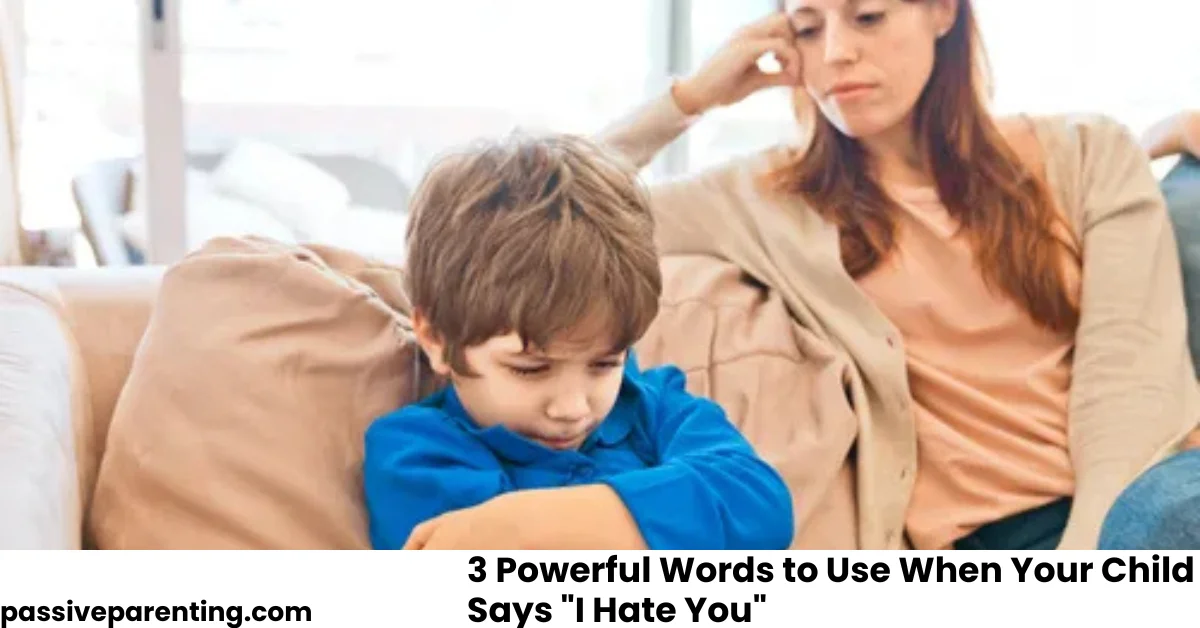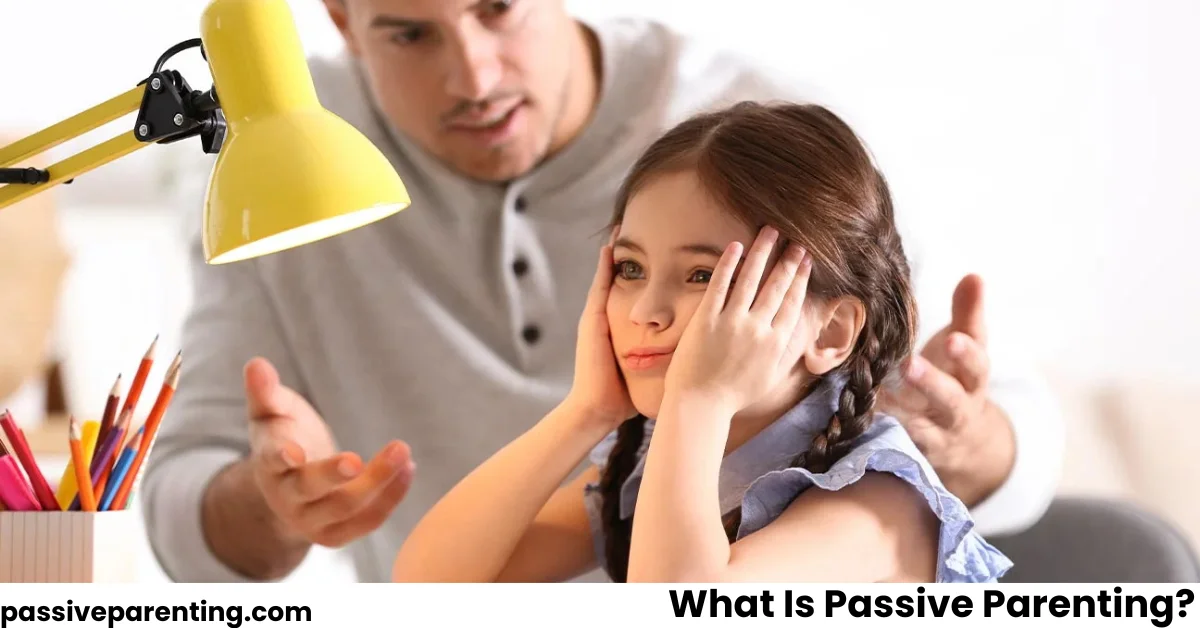Sibling rivalry is one of the most common challenges parents face. But knowing how to get siblings to get along isn’t about stopping disagreements entirely—it’s about giving kids the tools to navigate their feelings, treat each other with respect, and build lasting relationships. Below are research-backed ideas, comparisons of methods, and practical steps you can start using today for toddlers, school-age children, or teens.
Why Sibling Conflict Happens
Understanding the root helps you guide behavior more effectively.
- Competition for attention from parents, especially after a new baby arrives. According to NHS, older children may feel jealous or anxious when a sibling takes more of the parent’s time.
- Personality, age, and temperament differences — siblings closer in age or with clashing personalities often have more frequent friction.
- Perceived unfairness – Children notice and react to unequal treatment, whether real or imagined. American Academy of Pediatrics emphasizes treating each child’s unique needs fairly.
How to Get Siblings to Get Along: Key Strategies
Here are the big-picture approaches that work across ages, and how they differ for toddlers vs. teens.
Shared Strategies That Help
- Set ground rules: Create family rules like “no name-calling,” “use words, not hands,” or “take turns.” Having consistent boundaries gives children a framework. HealthyChildren by AAP recommends clear rules & fairness.
- One-on-one time: Spend individual time with each child so they feel seen and valued. This reduces jealousy and competition. AAP calls this “special time” for each child.
- Teach conflict resolution skills: Help children express emotions, listen to each other, and find compromises. According to Child Mind Institute, parents can help by letting siblings own solutions and modeling calm conversation.
Tailoring by Age
| Age Group | Best Methods | What to Emphasize |
|---|---|---|
| Toddlers / Preschool | Simple rules, sharing practice, parallel play | Use short, clear instructions; praise even tiny cooperation |
| School-age | Let them resolve minor disputes, more complex shared chores/games | Focus on fairness, listening, empathy |
| Teens | Open discussions, shared responsibilities; allow more autonomy in resolving issues | Respect privacy, recognize their growing independence and emotional maturity |
Practical Hacks Parents Can Use Today
Here are actionable, immediate steps to reduce sibling stress.
- Praise positive moments: Catch siblings being kind or cooperative, even during small tasks. Reinforcing good behavior encourages more of it.
- Rotate privileges: Let older siblings have some first-choice tasks sometimes, younger ones other times. This balance helps fairness without always giving everyone the “same.”
- Shared goals & projects: Encourage siblings to team up-doing chores together, working on a puzzle, helping cook. Shared success builds connection.
- Model calm conflict resolution: When you as a parent have disagreement (with partner, friends), show respect, listening, apology. Kids learn from your behavior. Mayo Clinic underlines modeling healthy problem-solving.
Checklist for Parents: Getting Along Action Plan
| Step | What You Do |
|---|---|
| 1 | List 3 family rules with the kids (no hitting, take turns, use words). |
| 2 | Schedule 5–10 minutes of one-on-one time daily per child. |
| 3 | Identify a current recurring conflict (toys? screen-time? attention?) |
| 4 | Guide children to brainstorm 2–3 fair solutions together. |
| 5 | Praise both when they follow through with cooperation. |
Do / Don’t Box for Parent Behavior
Do
- Stay neutral when siblings argue; listen to both sides.
- Validate feelings like jealousy, frustration, or sadness.
- Focus on long-term relationships, not just daily peace.
Don’t
- Compare them (e.g. “Why can’t you be like your brother?”)
- Take sides or always blame one child.
- Ignore destructive behaviors (bullying, hitting) in the name of “normal rivalry.”
When Extra Support Might Be Needed
Sometimes sibling tension is more serious or persistent; here are cues and resources:
- If arguments regularly escalate to physical violence or emotional harm.
- When one child shows lasting low self-esteem, anxiety, or withdrawal.
- Persistent jealousy that interferes with family life or schooling.
Conclusion: How to Get Siblings to Get Along Long-Term
In short, how to get siblings to get along is about building respect, teaching emotional skills, and supporting individuality-while setting a tone of fairness and calm. It’s not about constant harmony, but about healthier conflicts, stronger bonds, and more peace at home. With clear rules, consistent responses, and time for each child, parents can help siblings grow into each other’s allies-not just adversaries.




